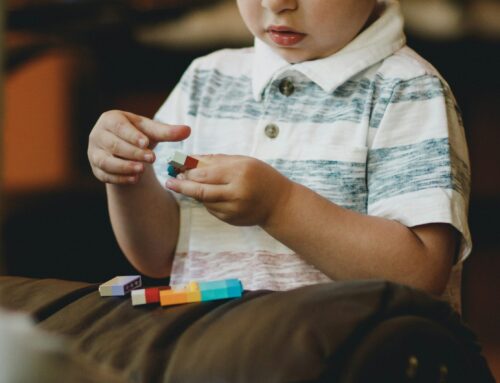If you have been working with your child’s psychiatrist, or are considering starting your journey working with one, it is likely you have read a lot about the different types of glue disorders that can occur in children and young adults.When it comes to mental health and mood disorders, descriptions are not one size fits all. This is why it is so crucial to work with a professional when diagnosing your child and helping them get the resources they need to be successful in finding positive coping mechanisms.
In this article, we will explore the most common types of mood disorders and how to identify them.
Depression
You have likely heard of depression, as it is one of the most common mental health disorders in the nation. This condition is not new, it only seems more apparent as mental health gets less stigmatized and is talked about more and more freely. The changing environment of open and encouraging conversations around mental health is a great benefit for children and their families navigating these issues.
Depression is a mental illness that can impact how you feel, how you act, and how you think. Oftentimes confused with sadness, which can be linked to a certain devastating or upsetting event, depression is more chronic and typically does not have one individual trigger. If your child is experiencing uncontrollable sadness, irritability, worry, or physical pain such as stomach aches, this might be a sign they are struggling with depression. (1)
Bipolar Disorder
Bipolar disorder is another common mental health disorder that can impact the lives of both children and adults. Bipolar disorder is sometimes called manic depression, as persons with bipolar disorder may experience extreme highs of happiness and lows of depression. The person’s mood is subject to change drastically, making it difficult to identify for parents and caregivers. Those who suffer from bipolar disorder experience extreme highs and lows, with emotions on both sides of the spectrum. (2)
Anxiety
Anxiety is another common mental health disorder that both children and adults experience. After the pandemic, cases of anxiety in children and young adults have been on the rise. Lack of social interaction, homeschooling, and special event cancellation has led to a feeling of isolation and anxious nerves circling through classrooms and homes. If your child is suffering from anxiety, they might display behaviors such as irritability, headaches, chest pain, trouble breathing, and extreme worry.
Mood disorders are common among children and young adults, but finding ways to cope is more than possible. Working with a professional to help diagnose and treat mood disorders is the best route for children and parents to take, as a specialist’s opinion is needed before starting a treatment plan. If you are looking for support NeuroBehavioral Associates has your back, so contact us today!
Resources:
- Depression (Major Depressive Disorder) – Mayo Clinic
- Do I Have Mood Disorder? – Remind Support






